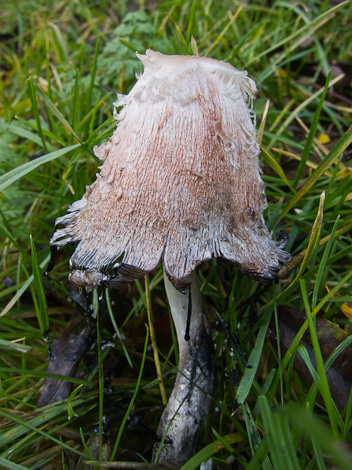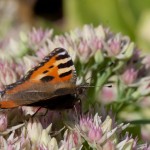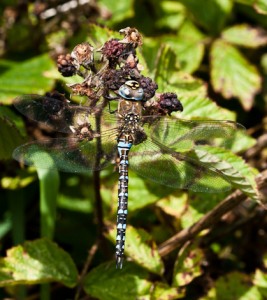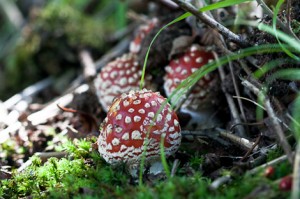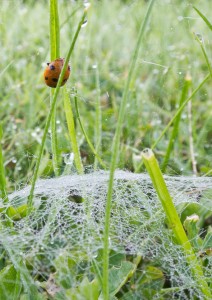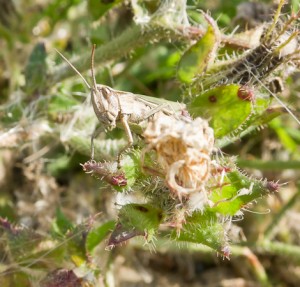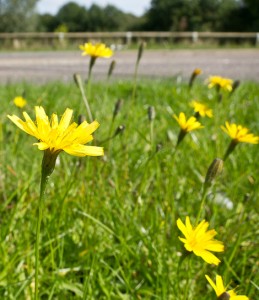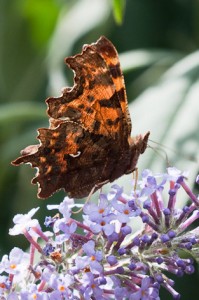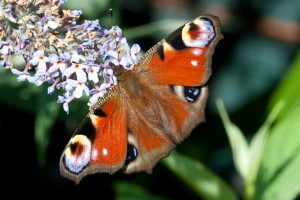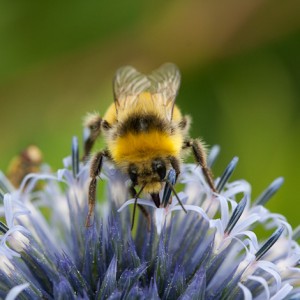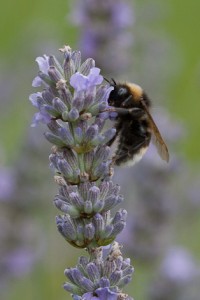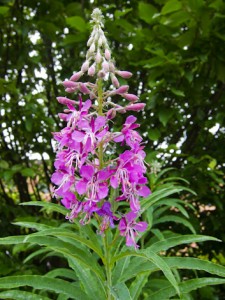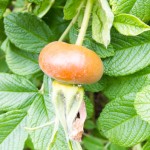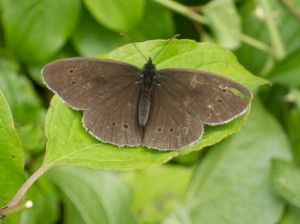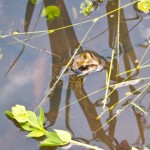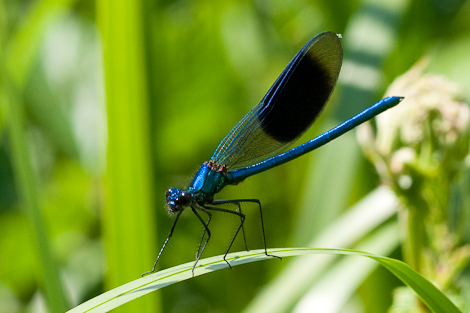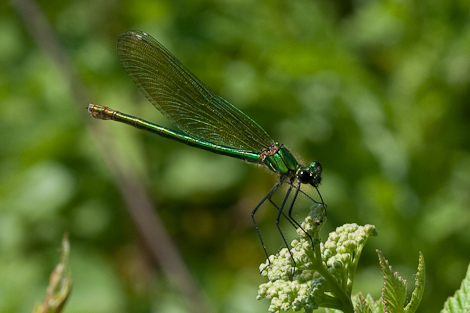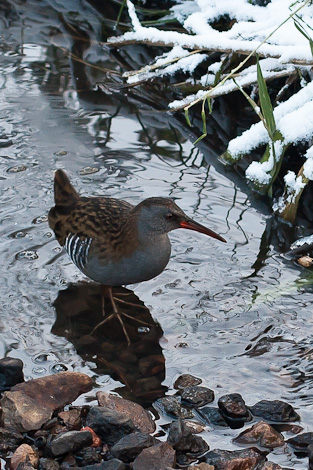 We went for a walk in the snow today, partly to get some exercise and to enjoy the fresh air, partly to look for snowy photo opportunities.
We went for a walk in the snow today, partly to get some exercise and to enjoy the fresh air, partly to look for snowy photo opportunities.
I hadn’t planned to go to the country park, I figured that it would probably be fairly frozen and possibly filled with dogs – which if you are not a dog owner does not make for a relaxing stroll. However, after wandering along the old railway track and deciding we didn’t want to go into town we headed left for the country park.
We were a little surprised to see that all of the small streams that run into the country park appeared to be ice free, even at the edges and debated as to the reason for this.
We walked through the woodland on the west of the reservoir for a change heading for the entrance. There were a lot of small birds about, wrens, robins, blue tits etc, but nothing unusual.
We had just about made it to the entrance when I saw a water rail. Although I realise it is probably a sad thing to admit to, I have to admit that I was very excited. You see, I have seen reports of good sightings at Brandon Marsh, I have even been there on the days when the alleged sightings have been made, but I have never seen one. Now, here I was, about a metre away and with a camera fitted with my best low light lens. Such opportunities only come round once in a lifetime! Whilst these are not uncommon birds, they are quite secretive and I would never have expected to see one so close to the busiest part of the country park.
The cold weather had obviously made it decide that it could stop being secretive or it could be dead and that wandering into the more populated parts of the country park would have to be done. In fact it seemed so intent on looking for food that a bright pink small child wandering past noisily didn’t deter it from its wading. It was only the barking of a dog that made it run away but not before I had taken some reasonable pictures.
What a fantastic day – a nice walk in the park, a new birding first and some good photos – perfect. Bring on the waxwings!
